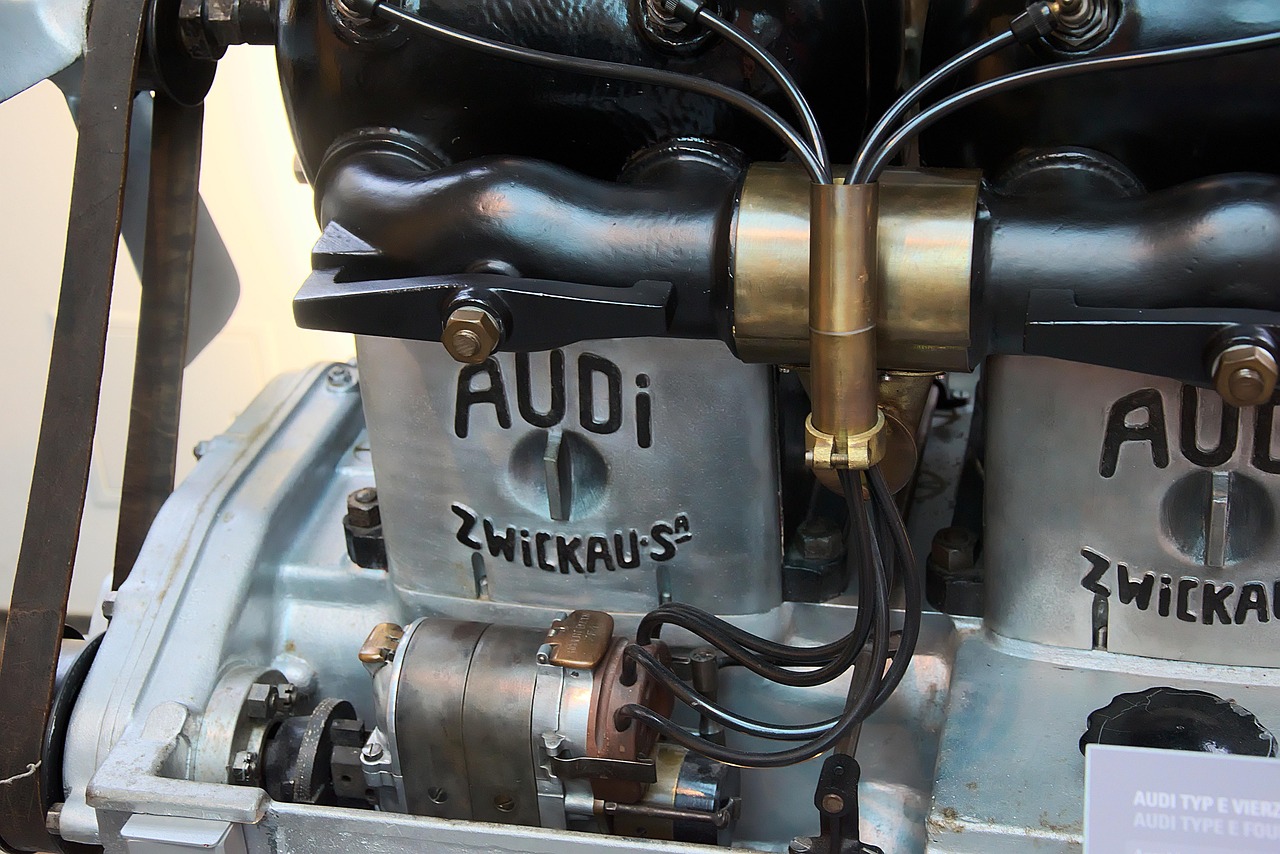Changing the differential fluid in your Audi A6 Saloon is one of those maintenance tasks that often gets overlooked. But trust me, it’s worth the effort. Keeping fresh fluid in your differential ensures smooth operation, prolongs the life of your gears, and prevents costly repairs down the line. If you’re someone who enjoys keeping your car in top shape, rolling up your sleeves for this one will be well worth it.
Why Changing the Differential Fluid Matters
Your Audi’s differential plays a crucial role in how power is distributed to the wheels, especially when turning. Over time, the fluid inside can break down, becoming contaminated with metal shavings and losing its protective properties. Neglect it long enough, and you’re looking at increased wear, noisy operation, or even a seized differential. A nightmare scenario no one wants to deal with.
Audi recommends changing this fluid at specific intervals, typically between 30,000 and 50,000 miles, but it’s always a good idea to check your owner’s manual or inspect the condition of the fluid if you’re unsure.
Tools and Materials You’ll Need
Before starting, make sure you have everything ready. Nothing’s worse than discovering midway that you’re missing a crucial tool.
Tools:
- Socket set (commonly 8mm or 10mm hex bit for the drain and fill plugs)
- Torque wrench
- Fluid pump (makes refilling easier)
- A catch pan for the old fluid
- Rags or shop towels
- Jack and jack stands (or access to a lift)
- Nitrile gloves (because nobody likes the smell of old gear oil on their hands)
Materials:
- The correct differential fluid (check your Audi’s manual for specification)
- New crush washers for the drain and fill plugs (highly recommended)
Step-by-Step Guide
1. Get the Car Properly Supported
If you’re working in your garage or driveway, lift the rear of the car safely using a jack and jack stands. The vehicle must be level when refilling the differential, so ensure both sides are supported equally.
2. Locate the Drain and Fill Plugs
Audi typically positions the differential drain and fill plugs on the rear housing. The fill plug is always higher up, and the drain plug is at the bottom. Always remove the fill plug first. This ensures you can refill the fluid later. Nothing’s worse than draining it all out and then realizing the fill plug is seized.
3. Drain the Old Fluid
Place your catch pan under the differential, then remove the drain plug. Old gear oil can be a bit messy, so be prepared. Let it drain completely and inspect the fluid for excessive metal shavings, which could indicate wear inside the differential.
4. Reinstall the Drain Plug
Once the old oil has fully drained, install a new crush washer and tighten the drain plug to the recommended torque specification. Check your manual for the exact torque setting. This matters more than you think.
5. Refill with New Fluid
Using a fluid pump, slowly add the correct gear oil through the fill hole. The goal is to fill until the fluid just starts dripping out. This means the differential is properly topped off.
6. Reinstall the Fill Plug
Just like with the drain plug, replacing the crush washer is a good idea. Tighten the fill plug to specification.
7. Double-Check for Leaks
Before celebrating, take a moment to wipe everything down and check for leaks. If you see fluid dripping after a few minutes, revisit your torque settings.
8. Lower the Car and Test Drive
With everything buttoned up, lower the car and go for a short drive. If you hear any unusual noises or experience vibrations, recheck your work. Otherwise, pat yourself on the back. You just saved a trip to the mechanic.
How Often Should You Do This?
If you’re driving normally, every 40,000 to 50,000 miles is a good rule of thumb. However, if you push your Audi hard. Track days, towing, or spirited driving. Every 30,000 miles may be more suitable.
A Few Extra Tips
- If you’re unsure about the correct fluid spec, use only Audi-approved gear oil. Using the wrong type can cause serious problems.
- A stuck fill plug is a common issue. Applying some penetrating oil ahead of time can make a big difference.
- If your old fluid comes out looking like sludge or full of metal, it might be worth having a mechanic inspect the differential further.
Keeping up with differential fluid changes is one of the best things you can do to extend the life of your car’s drivetrain. Plus, there’s a certain satisfaction in knowing you’ve handled the job yourself. Next time you’re under the car, consider checking those fluids. The peace of mind is worth it.
If you enjoyed tackling this DIY maintenance, share this guide with a fellow Audi owner. Got any tips or experiences with differential fluid changes? Drop a comment. I’d love to hear how your service went!





